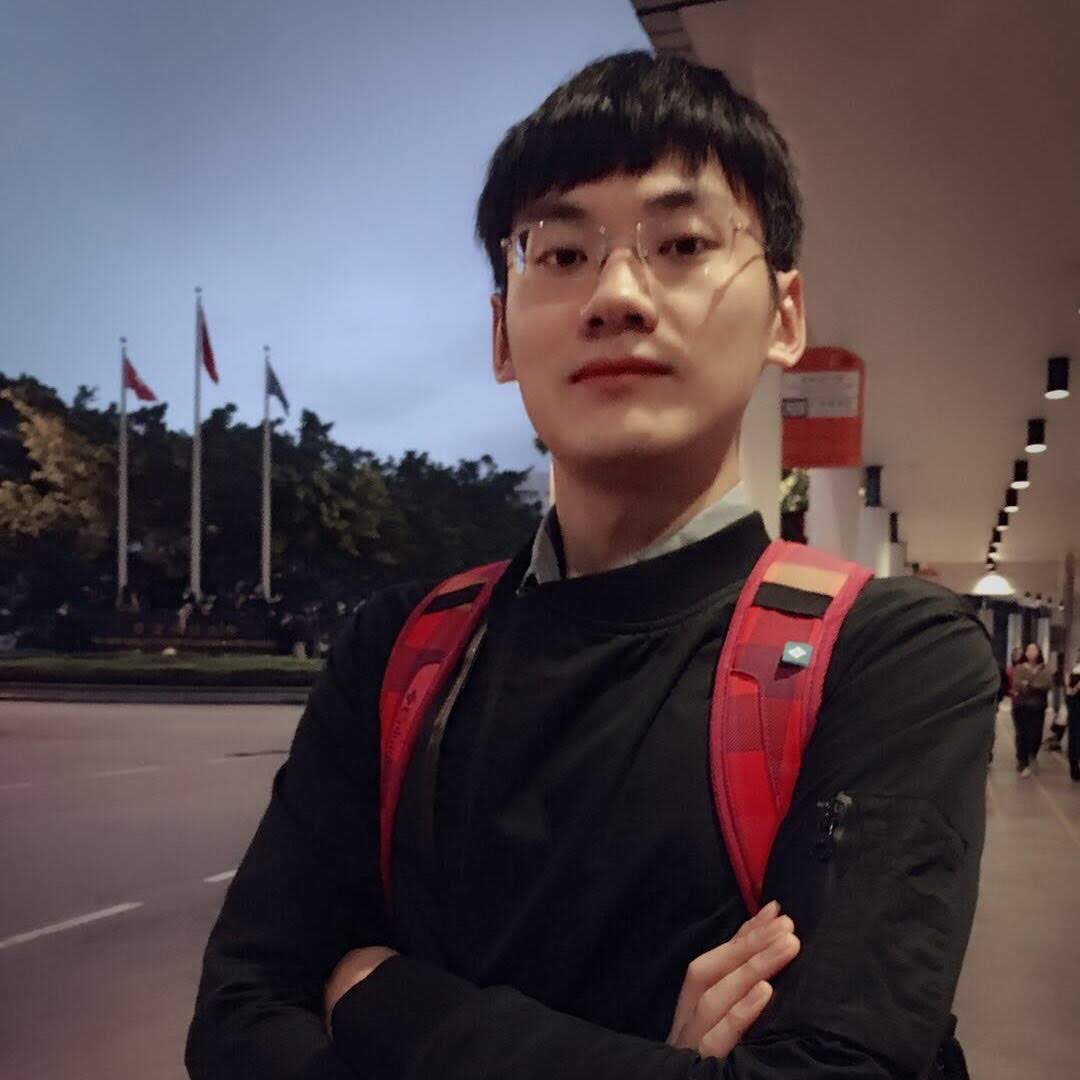Cited By
View all- Feng SYe YShi QCheng ZXu XCheng SChoi HZhang XFilkov VRay BZhou M(2024)ROCAS: Root Cause Analysis of Autonomous Driving Accidents via Cyber-Physical Co-mutationProceedings of the 39th IEEE/ACM International Conference on Automated Software Engineering10.1145/3691620.3695530(1620-1632)Online publication date: 27-Oct-2024


